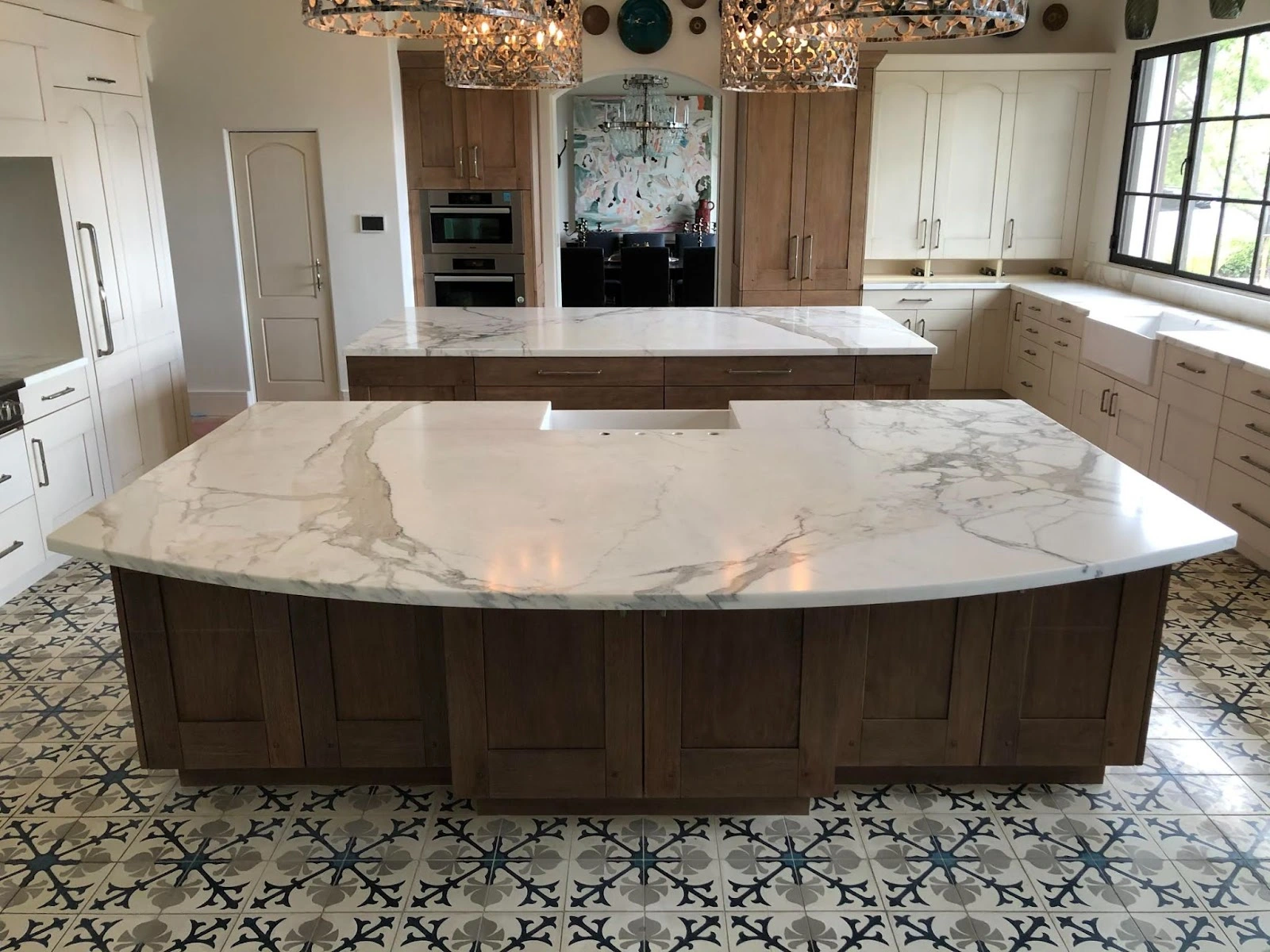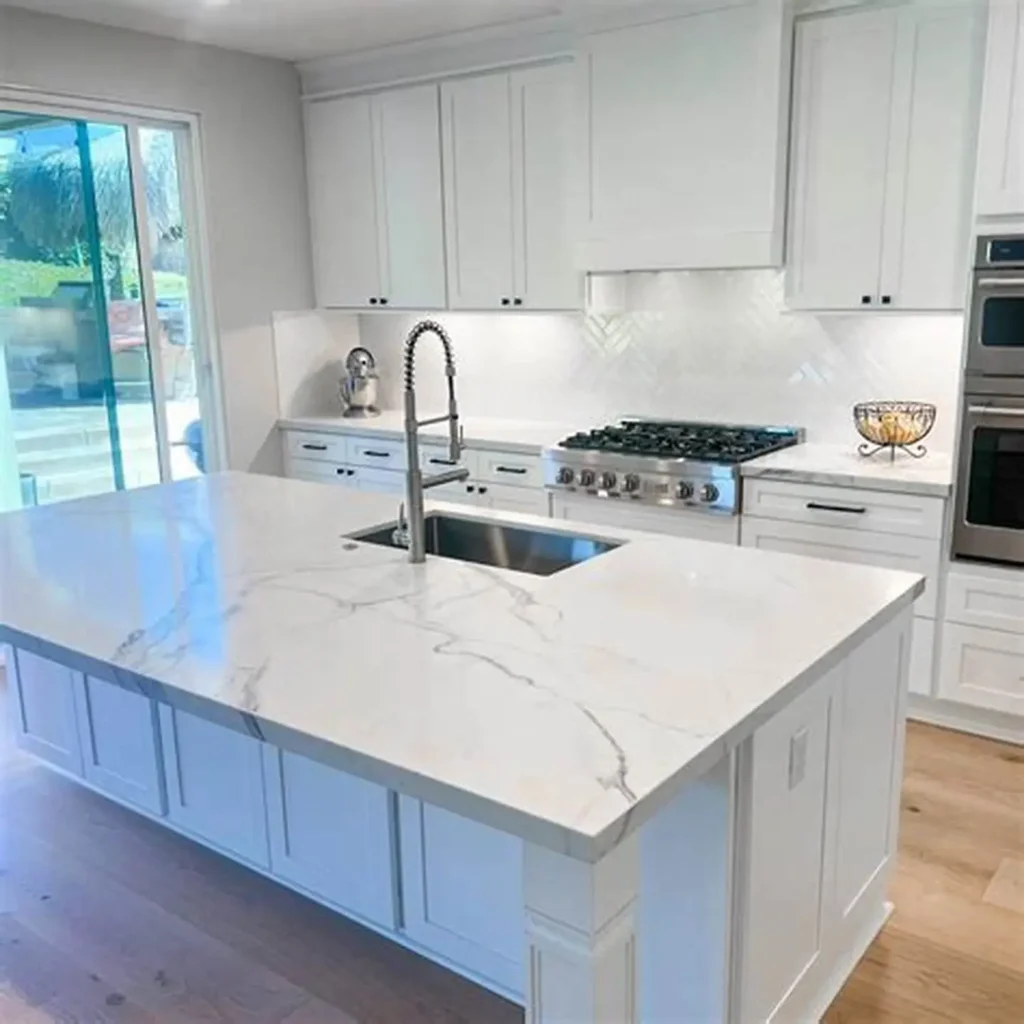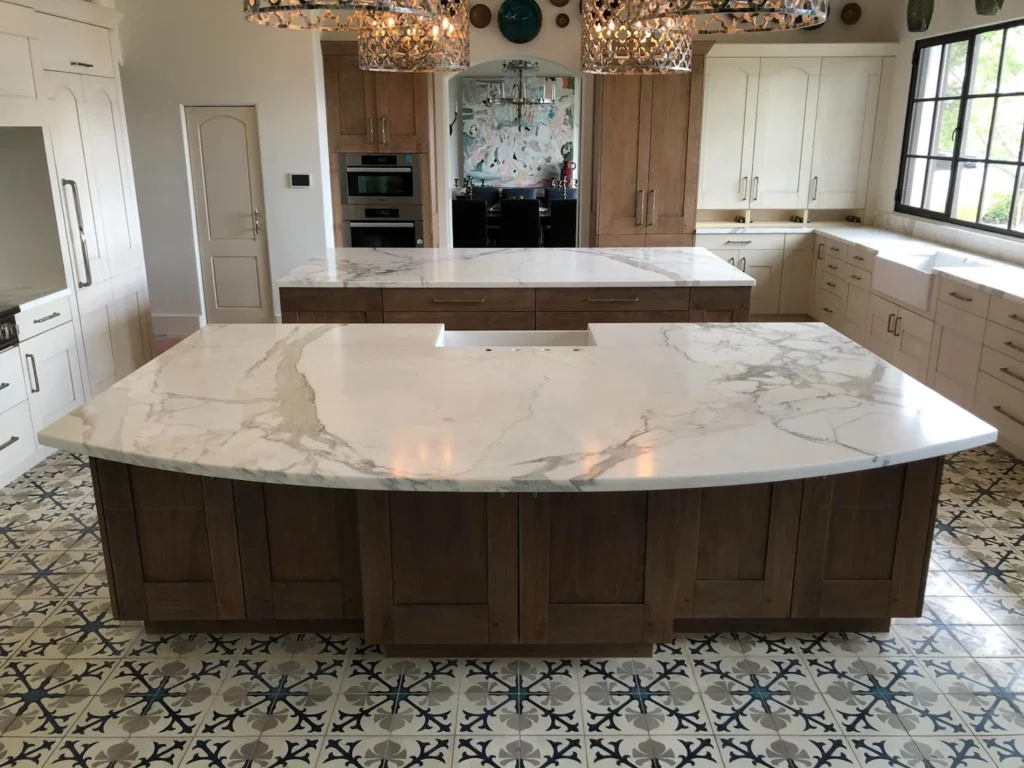
Marble slab has long been a favorite in high-end kitchens for their timeless beauty, cooling properties, and versatility. But if you’re wondering whether it’s safe or smart to prepare food directly on a marble slab, the answer is yes—with a few precautions. From baking and rolling dough to serving cheese and slicing fruits, a marble
Marble slab has long been a favorite in high-end kitchens for their timeless beauty, cooling properties, and versatility. But if you’re wondering whether it’s safe or smart to prepare food directly on a marble slab, the answer is yes—with a few precautions.
From baking and rolling dough to serving cheese and slicing fruits, a marble slab countertop adds functionality and luxury to your culinary space. In this guide, we’ll explore how to use marble slabs for food prep safely, how to maintain their beauty, and whether they’re right for your kitchen.

Why Choose Marble Slabs for Food Prep?
Marble has been used for centuries in bakeries and patisseries for one reason: it stays cool. This makes it perfect for working with:
- Pastries
- Chocolate
- Doughs
- Fresh pasta
- Cheese and charcuterie
Beyond functionality, the marble slab design adds elegance and increases marble slab resale value in your home.
Explore: What Is a Marble Slab?

Is It Safe to Cut and Prepare Food on Marble?
Yes, but with caution. While marble is food-safe, it’s also:
- Porous, so it can absorb liquids
- Scratch-prone, especially polished finishes
- Acid-sensitive, meaning vinegar, lemon juice, or tomatoes can etch the surface
Pros and Cons of Using Marble as a Prep Surface
| Pros | Cons |
|---|---|
| Naturally cool surface | Scratches and stains easily |
| Ideal for dough and chocolate | Requires regular sealing |
| Aesthetic and upscale look | Not suitable for heavy-duty chopping |
| Easy to clean when maintained | More fragile than granite |
If you’re comparing materials:
👉 How to Cut Granite Countertops?
Best Types of Marble Slabs for Food Prep
- Polished marble slab: High-gloss, elegant, but more prone to etching.
- Honed marble slab: Matte finish, hides scratches better—ideal for frequent use.
Thicker slabs (3cm) offer more durability, while thinner ones (2cm) are more cost-effective.
Consider Carrara marble slab for affordability or Calacatta marble slab for bold veining.
Steps to Use a Marble Slab as a Food Prep Surface
1. Ensure Your Marble Slab Is Sealed
Because marble is porous, sealing it with a food-safe marble sealer prevents it from absorbing liquids, oils, and bacteria. Re-seal every 6–12 months depending on usage.
2. Clean Before and After Use
Use a mild, pH-neutral cleanser—avoid vinegar, lemon, or bleach-based products.
Recommended routine:
- Warm water + gentle dish soap
- Wipe with a soft cloth
- Dry with a microfiber towel
Read more: How to Polish Marble Slab
3. Use Cutting Boards for Chopping
Never cut directly on the marble. While it’s tempting, doing so can dull your knives and scratch the surface. Instead, reserve the slab for rolling dough, shaping pastries, or serving food.
4. Wipe Spills Immediately
Acidic foods like lemon juice, wine, or vinegar can cause etching if left on the surface too long. Blot spills immediately rather than wiping to avoid spreading.
Maintenance Tips for Long-Term Use
✅ Clean after each use
Daily maintenance with a soft cloth preserves the finish.
✅ Avoid harsh chemicals
Use marble-specific cleaners for deep cleaning.
✅ Re-seal regularly
Check if your slab repels water; if not, it’s time to reseal.
✅ Buff out minor scratches
Use a marble polishing pad or powder to restore shine.
Learn how: How to Drill Into Marble Slab
Marble Slab in Different Food Prep Applications
🍞 Baking Station
Ideal for pastry chefs and home bakers. Keeps butter cold in dough, prevents sticking.
🧀 Cheese and Charcuterie Board
Use a small marble slab as a serving tray—easy to clean, naturally cold, and photogenic.
🍬 Chocolate Work
Chocolate sets faster on a chilled marble surface, making it easier to temper and shape.
🧄 Rolling Pasta
Great for hand-rolling fresh pasta, especially in humid environments.
Cost Considerations: Is It Worth It?
- Marble slab cost depends on type, thickness, and source.
- Expect a range from $40–$200+ per square foot.
- Leftover marble can be cut into smaller marble slab size prep boards—ask your fabricator.
Need a tutorial?
👉 How to Install Hidden Brackets for Granite Countertops?
Where to Source Marble Slabs for Food Use
You can get natural marble slab, engineered marble slab, or even local marble slab pieces from:
- Marble slab suppliers near you
- Stone yards with leftover remnants
- Online marble slab showrooms
Always ask if the marble is food-safe and sealed.
Final Thoughts
A marble slab isn’t just a pretty countertop—it’s a functional and elegant surface that elevates your cooking, baking, and serving game. When properly sealed and maintained, marble is an excellent surface for:
- Rolling and shaping dough
- Presenting cheese, pastries, and appetizers
- Creating a cool workspace in hot kitchens
With some care and mindful use, your marble slab countertop can be both a centerpiece and a practical asset in your kitchen.

